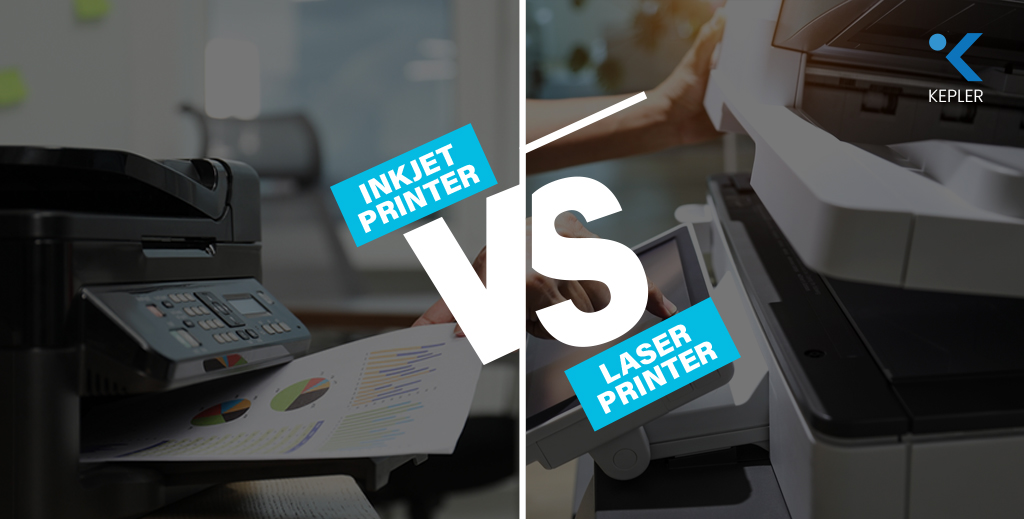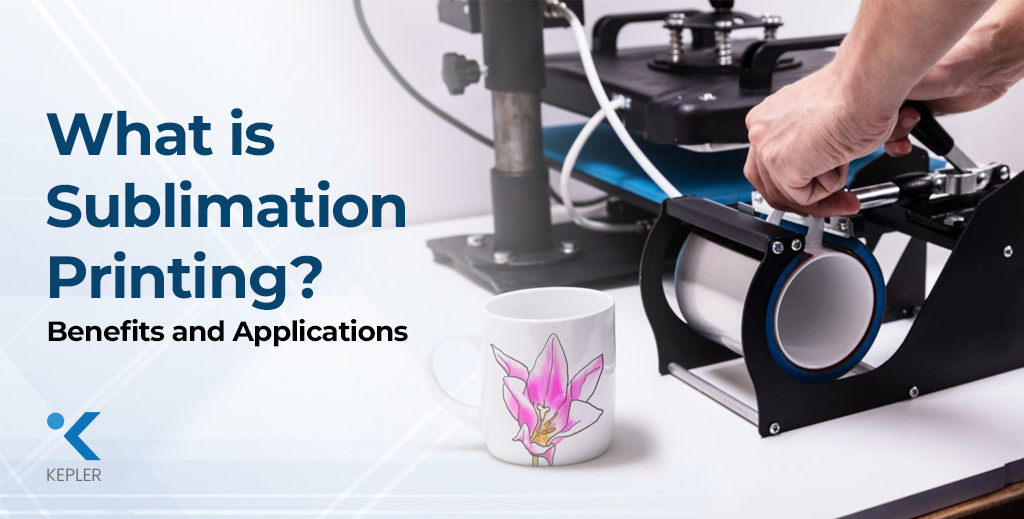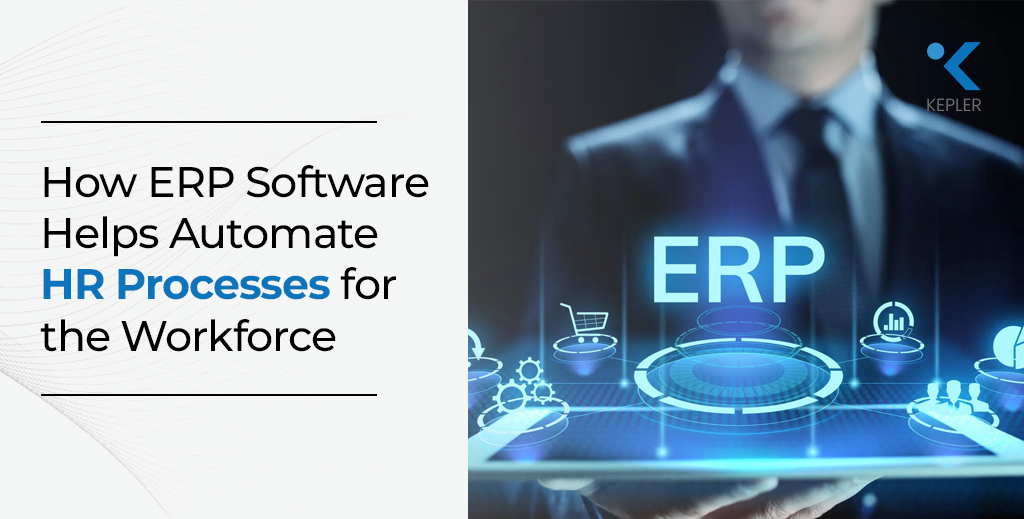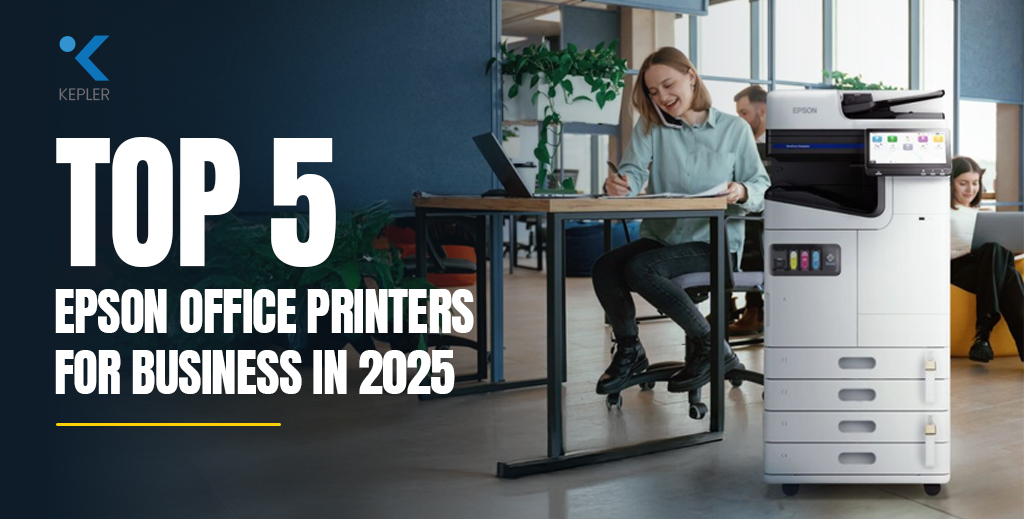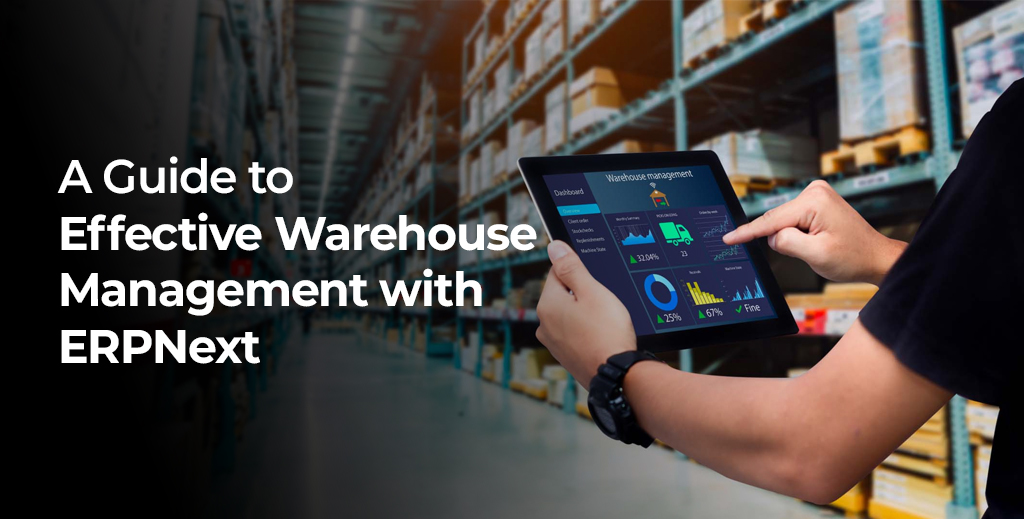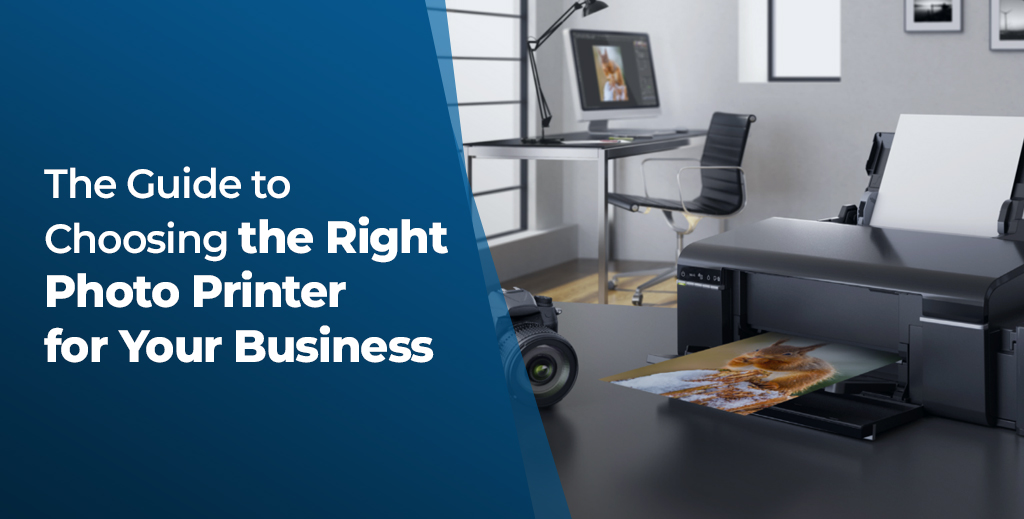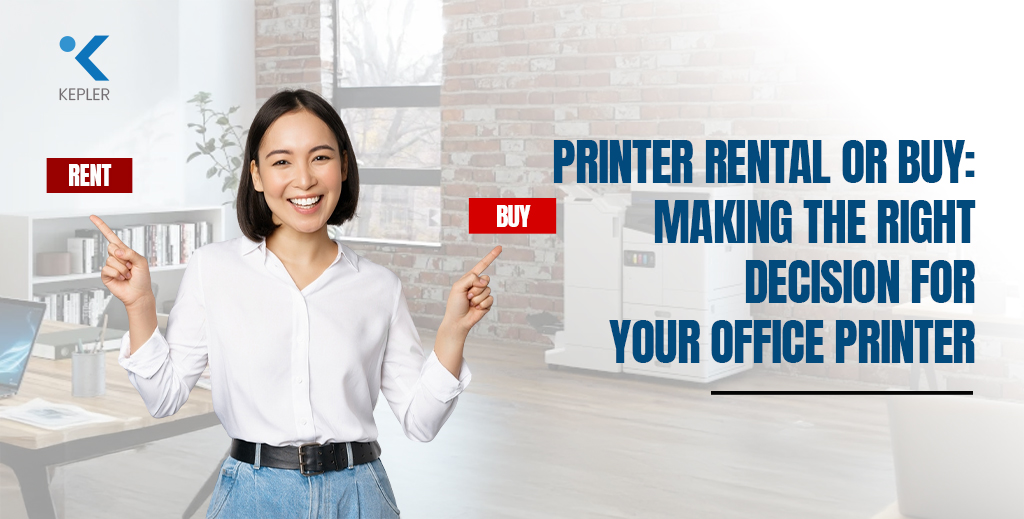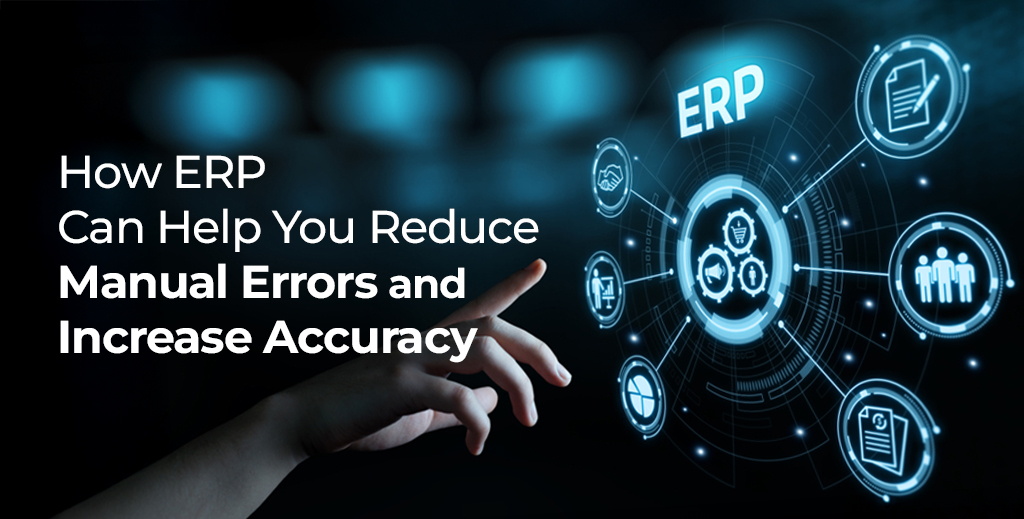Inkjet Printer vs Laser Printer
Printers remain an essential tool in both personal and professional settings. Whether you’re creating high-impact marketing materials, printing detailed reports, or preparing stunning visuals for a presentation, the quality and type of your printer can directly affect your results. However, choosing the right printer isn’t always straightforward. Two of the most popular types of inkjet printers and laser printers each come with their own strengths and weaknesses. In this blog, we’ll explore how each printer type works, compare their key features, and provide insights to help you choose the one that best fits your business needs. Let’s dive in and see why. Understanding Inkjet Printers Before we compare, let’s first understand what an inkjet printer is and why it’s gaining so much attention. How Inkjet Printers Work Inkjet printers work by spraying tiny droplets of liquid ink directly onto paper. This precise application allows for incredible detail, rich color reproduction, and the ability to print on a wide range of materials. Why Businesses Choose Inkjet Printers 1. High-Quality Photo and Graphic PrintingIf your business depends on visual appeal, think marketing agencies, real estate firms, design studios an inkjet printer delivers stunning results. Colors are vibrant, details are crisp, and gradients are smooth 2. Versatility in Media HandlingInkjet printers can print on textured paper, card stock, labels, envelopes, and specialty photo papers, making them far more flexible than most laser models. 3. Compact and AffordableCompared to lasers, the average inkjet printer price is lower, even for models with premium features. Plus, inkjets tend to be smaller, making them perfect for offices with limited space. 4. Ease of MaintenanceReplacing an ink cartridge is quick, clean, and straightforward no messy toner involved. Modern high-yield cartridges also mean fewer replacements and lower running costs. In short, the Inkjet printers like Epson Inkjet Printers combine exceptional print quality, cost efficiency, and flexibility, making them a strong all-rounder for modern business needs. Understanding Laser Printers To make a fair comparison, let’s look at what laser printers offer and where they fall short for most businesses. How Laser Printers Work Laser printers use a laser beam to form an image on a drum, which then attracts toner powder. The toner is fused onto the paper using heat, producing the final print. Where Laser Printers Shine 1. Fast Printing SpeedsFor bulk monochrome printing, laser printers are hard to beat. They can churn out large quantities of text documents quickly. 2. High-Quality Text OutputLasers are known for producing sharp, professional-looking black-and-white text. 3. DurabilityLaser printers are built for high-volume printing environments and can last for years with proper maintenance. However, Laser printers tend to struggle with high-quality color reproduction and have higher upfront costs. Toner replacements can be expensive, and media handling is usually limited to plain paper. For businesses with creative or mixed-printing needs, the laser printer’s advantages often don’t outweigh its limitations. Comparison of Inkjet and Laser Printers Before you make a decision, here’s a detailed comparison to highlight why inkjet printers lead in versatility and value. Factor Inkjet Printers Laser Printers Print Quality Exceptional for photos, graphics, and mixed documents with rich colors and fine detail Good for text, but lacks depth and accuracy in colors and images Speed Sufficient for most home, creative, and small office needs; newer models can be very fast Primarily optimized for bulk monochrome printing; less suited for diverse tasks Upfront Cost Lower purchase price with excellent quality for the cost Higher initial price, even for basic models Cost Per Page Affordable with modern high-yield cartridges and ink tank options It can be economical for bulk text printing, but toner refills are expensive Media Handling Handles a wide variety of paper types, textures, and specialty media with ease Mostly limited to plain office paper Maintenance Simple to maintain; cartridge replacements are quick and hassle-free Toner replacement can be costly and less straightforward Best For Anyone who values high-quality output, media flexibility, and creative printing capabilities Mainly suited for basic text printing tasks For most business needs, inkjet printers like Epson Inkjet Printers offer the best combination of quality, cost, and versatility. Practical Applications of Inkjet and Laser Printers in Business When it comes to daily business operations, both inkjet printers and laser printers can play important roles; the key is understanding where each excels. FAQs 1. Should I choose an inkjet or laser printer for my office?For most businesses, an inkjet printer is the better choice. It delivers higher-quality color prints, handles a variety of paper types, and offers a lower upfront cost compared to lasers. 2. Are ink cartridges expensive to replace?Not anymore. The brands like Epson offer high-yield ink cartridges and EcoTank systems that dramatically reduce cost-per-page. 3. Can an inkjet printer handle heavy office use?Yes, modern business-grade inkjet printers are designed to handle high monthly duty cycles while maintaining consistent print quality. 4. What’s the average inkjet printer price?Depending on features, an inkjet printer price can range from very affordable entry-level models to advanced business machines. 5. Which brand of inkjet printer is best for business?Epson consistently ranks high for its PrecisionCore technology, vibrant color output, and cost-effective ink solutions. Conclusion When comparing inkjet printers and laser printers, the decision becomes clear: If your priority is versatility, superior color quality, lower upfront cost, and ease of maintenance, an inkjet printer is the perfect fit for most modern offices. While laser printers still have their place in specialized high-volume, monochrome environments, they simply can’t match the all-around capability of a high-quality inkjet. Kepler Tech, authorized printer supplier in Dubai, offers a wide selection of Inkjet Printers designed to meet the demands of today’s dynamic business environments. Upgrade your printing solution today and enjoy the perfect blend of performance, quality, and cost-efficiency.

